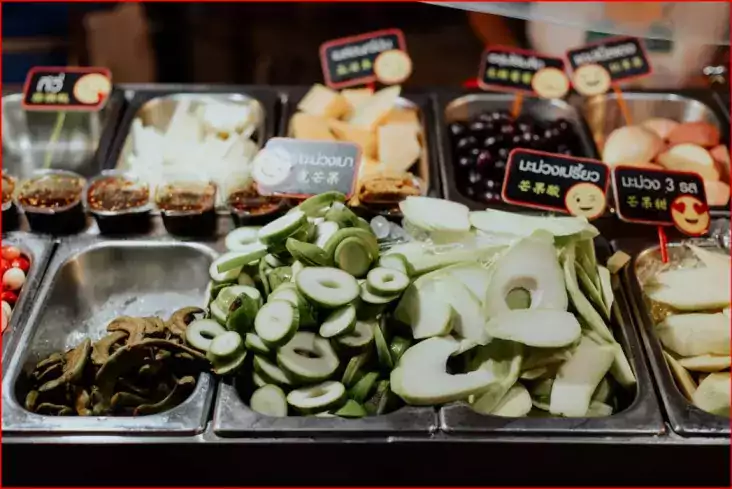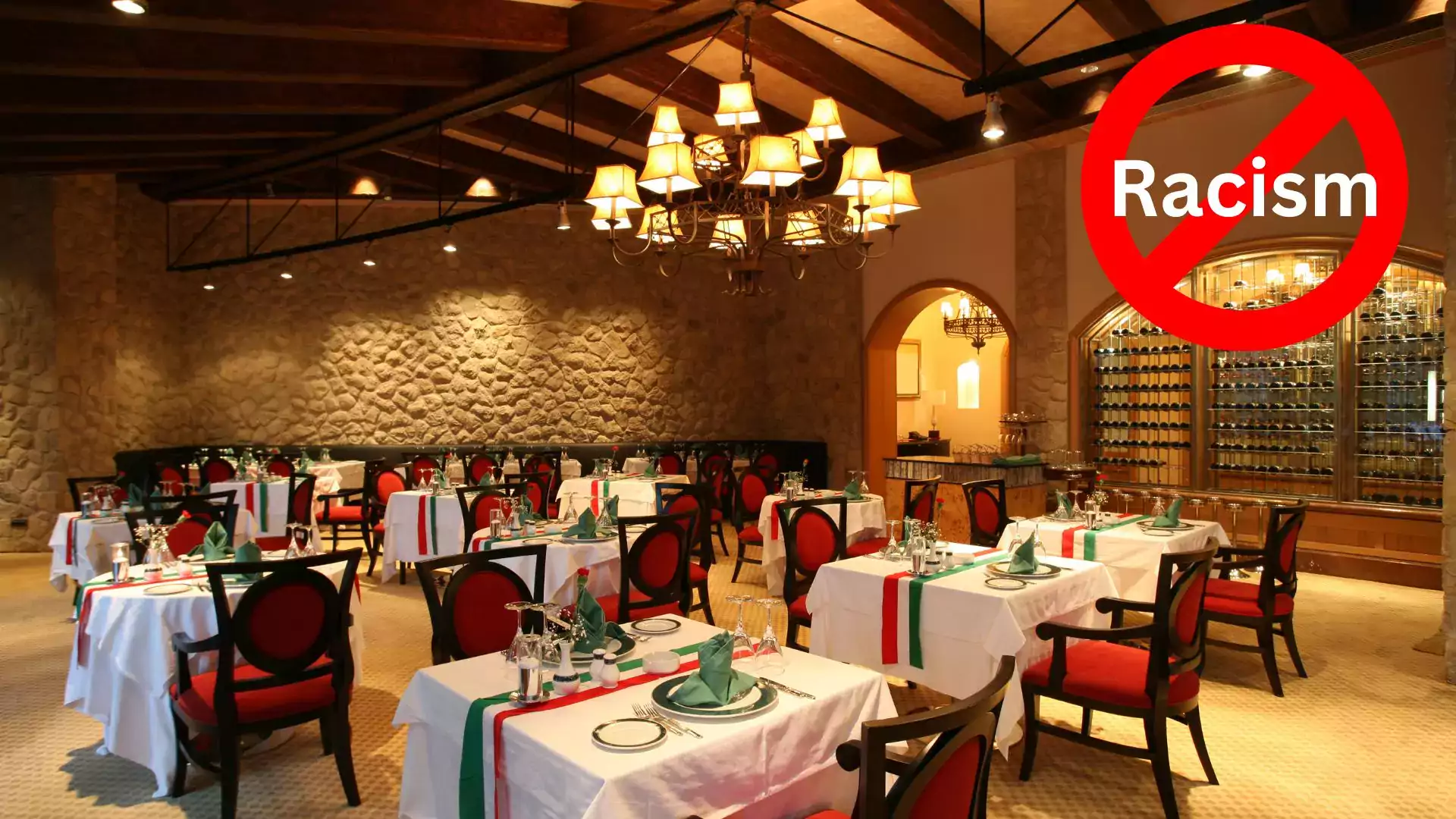
The culinary adventures that tourists have while hopping throughout Southeast Asia are among the best parts of the trip. Tourists savor the region's distinctive flavors and specialties, which range from deep stews to fragrant herbs. However, Exploring Exotic Flavors of Southeast Asia is also astonished by a wide range of peculiar and unusual delights that can turn off picky eaters.
Here are some unique (but tasty!) Southeast Asian foods for testing if you are up for a culinary adventure:
The culinary adventures that tourists have while hopping throughout Southeast Asia are among the best parts of the trip. Visitors savor the region's distinctive flavors and specialties, which range from deep stews to fragrant herbs. However, Southeast Asia is also astonished by a wide range of peculiar and unusual specialties that can turn off picky eaters. Here are a few unique (but tasty!) Southeast Asian foods to try if you're up for a culinary adventure:
The Philippines' balut has become one of the greatest well-known exotic foods in Asia and has frequently appeared in popular culture, most notably on programs like Fear Factor. A roasted duck embryo, replete with bones, feathers, plus a beak, is the dish's main ingredient. In the Philippines, street sellers sell balut, which usually comes with a mixture of vinegar and salt. Although you can eat everything within the shell, many people would rather just sip the delicious soup. The countries of Cambodia and Vietnam also enjoy it.
Tamilok, also known as woodworms in the Philippines, is a slimy treat that looks like a worm but isn't. A particular kind of shellless saltwater clam called a "tamilok" crawls into decaying mangroves that resemble wood. In certain Philippine districts, people break off decaying mangrove branches in the hopes of uncovering one of these delectable critters. Raw Tamilok, preserved in vinegar and similar to ceviche, is the customary way to eat it.
The scorpion is considered a lethal predator in the majority of the globe. Still, it's more of a delicious street snack in several Southeast Asian countries. For something different and well-liked by both residents and visitors, try deep-frying, skewering, and adding a dash of salt to your scorpion dish. It is also thought to enhance virility and well-being. Tarantula (Indonesian) The tarantula is a different, spooky, crawly monster that's sold on Southeast Asian marketplaces. When the palm-sized tarantula is alive, it may be very frightening, and when the spider is dead as well as fried, it can be almost as frightening. Locals in Cambodia enjoy eating this eight-legged delicateness, which they describe as tasting like crab despite the way it appears. Cooks deep-fry the tarantula until the legs are properly crunchy and its middle part is still delicate.
In Laos, which are typically sold on the streets roasted and skewered, tiny bats make excellent snacks. But because bats and chicken include the same texture, sellers can cook bats in a variety of ways, including grilling, barbecuing, and stewing. Parts of Cambodia, Indonesia, the Philippines, Vietnam, as well as other countries outside of Southeast Asia, such as China, Japan, and Papua New Guinea, among others, also serve bat cuisine.
Vietnam offers snakes in a variety of ways, making them a staple of their cuisine. In Vietnam, snake wine is a famous dish that involves putting an entire venomous snake—sometimes even alive—into a bottle and letting it soak in rice wine or another kind of barley alcohol. It's considered to be the most shocking yet common method to serve snakes. Moreover, Vietnam uses a variety of snake components in different recipes. The most adventurous traveler with a taste for adventure can consume snake meat, snake hearts, or even snake excrement!
Though numerous nations view rats as pests, they make a very excellent, slightly chewy meat substitute. While many nations, like Thailand, use rodents as a source of protein, Vietnam is the country where farmers use their skills to trap as well as catch wild rats in their rural agricultural land. Rat meat, which is typically fried or grilled, is thought to have more game flavor than chicken. It has a low-fat content and a high protein content, making it extremely healthful.
Skewered and perfectly grilled meat of animals, especially water monitors, is a traditional dish in Indonesia. Although they are widespread throughout Asia, the lizards only really make an appearance in street food scenes in Indonesia. Sellers in Java, Indonesia, serve fried water monitoring satay, also known as sate biawak, with the meat covered in peanut sauce. It may be beneficial for a number of ailments, including burns, skin disorders, and asthma.
Although many people find insects to be an unsettling class of animals, these creepy crawlies are also a great source of proteins. Having long since served bugs on the streets, several Southeast Asian nations are far ahead of the curve. For example, salagubang larvae, or beetles, are prepared as barbecue in the Philippines by roasting, sautéing, or cooking them. On the sidewalks, the beetle is typically roasted and consumed as bar food. However, the nation most recognised for frying and selling various kinds of insects is definitely Thailand, especially along the Khao San Road. You may wander about the carts and collect as many crickets, bugs, beetles, grubs, and sometimes cockroaches as you like. If you want to learn to cook like them, get the best guide to cooking with herbs and spices.
Would you be bold enough to Exploring Exotic Flavors of Southeast Asia street food options? Take a Midnight cuisine trip with Tuk-Tuk and KKday to explore Bangkok and try the tastiest and most unique Thai street cuisine.


